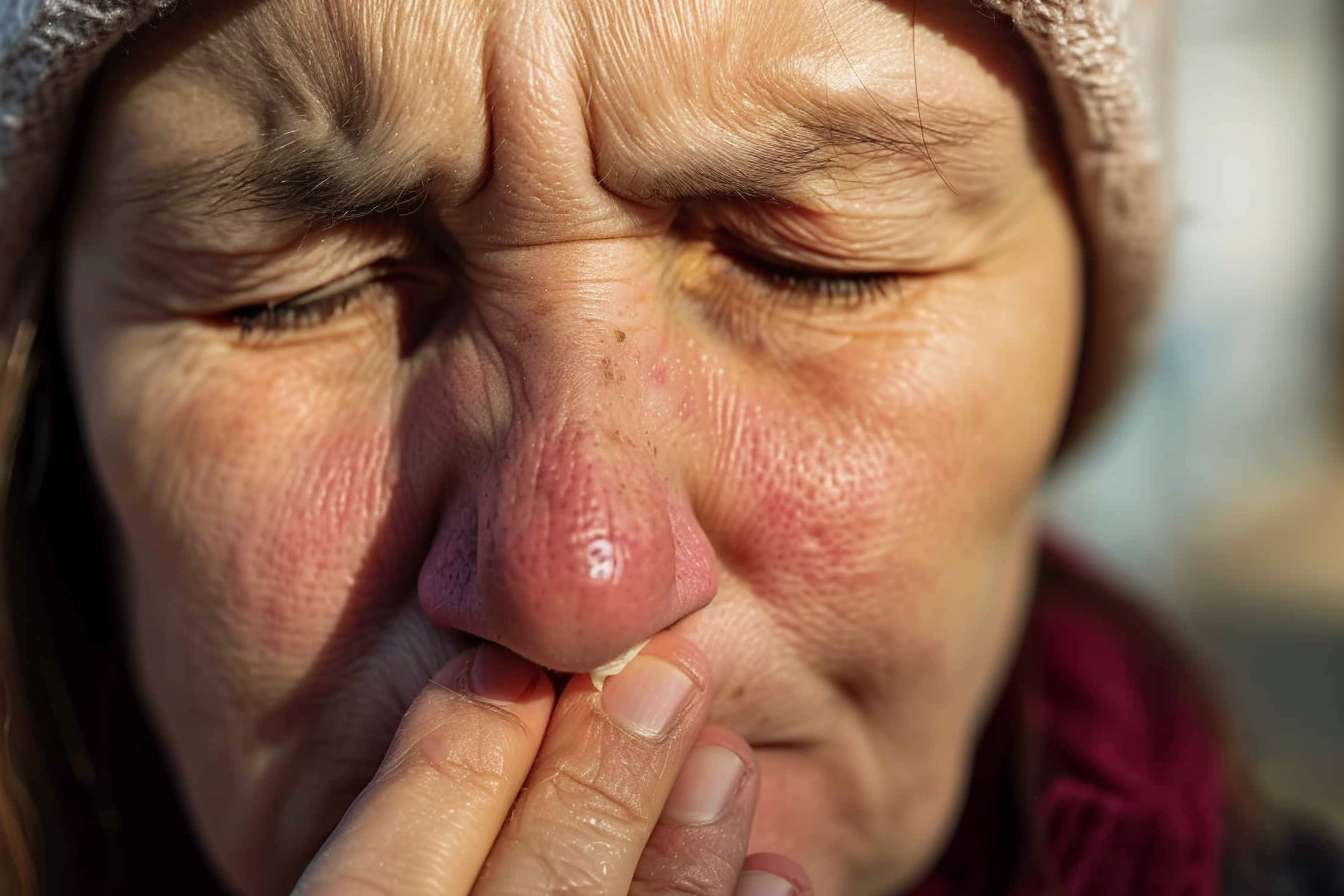Understand Angioedema Swelling and Its Impact on Your Health
Angioedema is characterized by swelling that occurs beneath the skin's surface, often affecting deeper layers than typical hives or rashes. This condition can develop rapidly and may involve the face, lips, throat, extremities, and digestive tract. Unlike everyday swelling from injuries, angioedema results from the release of chemicals in the body that cause blood vessels to leak fluid into surrounding tissues. The swelling can range from mild and uncomfortable to severe and potentially life-threatening, particularly when it affects breathing passages. Understanding this condition is essential for prompt recognition, effective management, and prevention of serious complications.

What is Angioedema?
Angioedema is a form of swelling that affects the deeper layers of skin and subcutaneous tissues. Unlike hives (urticaria), which involve the upper layers of skin, angioedema extends deeper into the dermis and subcutaneous tissue. The condition manifests as rapid swelling that can develop over minutes or hours, typically affecting areas with looser tissue such as the face, lips, tongue, throat, hands, feet, and genitals. The swelling may cause a stretching sensation rather than itchiness, which distinguishes it from many other allergic reactions.
There are several classifications of angioedema based on their underlying causes. Allergic or histamine-mediated angioedema occurs due to an allergic trigger and is often accompanied by hives. Hereditary angioedema is a rare genetic disorder caused by deficiencies in certain blood proteins. Acquired angioedema can result from medications, particularly angiotensin-converting enzyme (ACE) inhibitors used to treat high blood pressure. Idiopathic angioedema occurs without any identifiable cause, making it particularly challenging to manage.
Recognizing Key Symptoms
The symptoms of angioedema typically develop rapidly and can be alarming to those experiencing them. The primary symptom is noticeable swelling that may appear asymmetric and can affect various body parts. When angioedema involves the face, you might notice significant swelling around the eyes, lips, and cheeks, often causing distortion of normal features. The affected areas may feel warm and have a slightly reddish or normal skin color, unlike the raised, red welts characteristic of hives.
In more severe cases, angioedema of the tongue, throat, or larynx presents a medical emergency as it can obstruct airways and compromise breathing. Warning signs include hoarseness, difficulty swallowing, throat tightness, and shortness of breath. Gastrointestinal involvement may cause abdominal pain, nausea, vomiting, and diarrhea, particularly in cases of hereditary angioedema. Unlike many allergic reactions, angioedema may not always be accompanied by itchiness, though some patients report a tingling or burning sensation in affected areas.
Common Triggers and Causes
Angioedema can be triggered by various factors depending on the type. Allergic angioedema often results from exposure to specific allergens such as certain foods (nuts, shellfish, eggs, milk), medications, insect stings, latex, or pollen. Physical factors like pressure, temperature changes, sunlight, or exercise can trigger angioedema in some individuals. Hereditary angioedema is caused by an inherited deficiency or dysfunction of the C1 inhibitor protein, which plays a role in regulating inflammatory processes.
Medication-induced angioedema is most commonly associated with ACE inhibitors, a class of blood pressure medications, though it can also occur with nonsteroidal anti-inflammatory drugs (NSAIDs), antibiotics, and opiates. In some cases, underlying conditions like autoimmune disorders, infections, or certain cancers may contribute to angioedema development. Stress and hormonal changes have been identified as potential triggers for those with recurring episodes. Identifying specific triggers is crucial for effective management and prevention of future episodes.
Impact on Daily Health and Risks
Angioedema can significantly impact quality of life, particularly for those with recurrent episodes. The unpredictable nature of flare-ups can cause anxiety and limit social interactions, work attendance, and daily activities. Facial swelling may lead to self-consciousness and temporary cosmetic concerns, while swelling in the extremities can restrict movement and functionality. Those with frequent episodes may experience sleep disruption, fatigue, and emotional distress due to the chronic nature of the condition.
The most serious risk associated with angioedema is airway compromise when swelling affects the throat or tongue. This represents a true medical emergency that requires immediate intervention to prevent respiratory failure. Gastrointestinal angioedema can cause severe abdominal pain that might be mistaken for other acute conditions like appendicitis, leading to unnecessary procedures. Additionally, the psychological impact of living with a chronic condition that can flare unexpectedly should not be underestimated, as it can contribute to anxiety disorders and depression in some patients.
Management and Prevention
Managing angioedema effectively requires a multi-faceted approach. For acute episodes, antihistamines are typically used for allergic angioedema, while epinephrine (via auto-injectors like EpiPen) may be necessary for severe reactions affecting breathing. Corticosteroids might be prescribed to reduce inflammation and prevent prolonged swelling. For hereditary angioedema, specific medications targeting the underlying protein deficiency, such as C1 inhibitor concentrates, kallikrein inhibitors, or bradykinin receptor antagonists, may be used both for treatment and prevention.
Prevention strategies focus on identifying and avoiding known triggers. Maintaining a detailed diary of episodes, including potential exposures to foods, medications, or environmental factors, can help pinpoint specific triggers. For unavoidable triggers, physicians may recommend prophylactic medications. Those with severe allergic angioedema should carry emergency medication and wear medical identification. Regular follow-up with healthcare providers ensures appropriate management adjustments as needed.
Patient education plays a crucial role in long-term management. Understanding early warning signs, having an action plan for emergencies, and knowing when to seek immediate medical attention can prevent serious complications. Support groups and counseling may benefit those struggling with the psychological impact of chronic angioedema. With proper diagnosis, trigger identification, and a comprehensive management plan, most individuals with angioedema can lead full and active lives while minimizing the impact of the condition.
This article is for informational purposes only and should not be considered medical advice. Please consult a qualified healthcare professional for personalized guidance and treatment.




